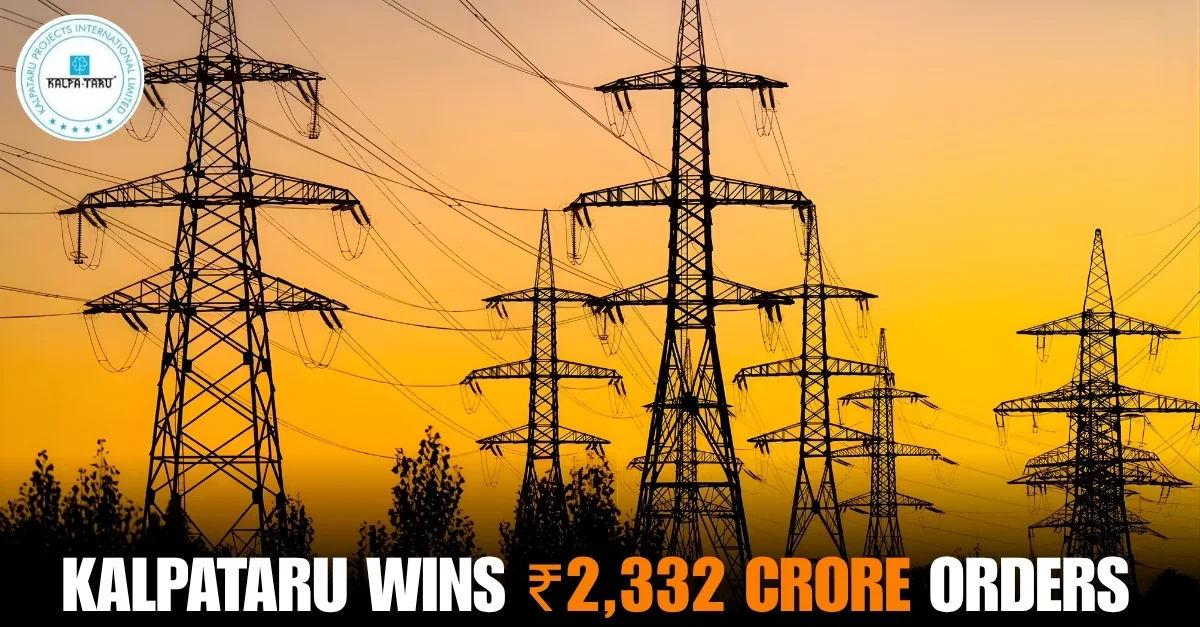India is preparing for one of its most ambitious railway infrastructure pushes in recent years, with plans to invest around $3.4 billion to build new railway lines along its northeastern border with China. The development is designed not only to strengthen civilian connectivity but also to enhance strategic preparedness in one of the most sensitive regions of the country. According to a Bloomberg report cited in the Times of India, the project will involve laying approximately 500 kilometers of new railway tracks, complete with bridges and tunnels, to link isolated areas adjoining China, Bangladesh, Myanmar, and Bhutan.
This investment is estimated at ₹300 billion and comes with a projected completion timeline of four years. Officials have indicated that the project will complement India’s already extensive highway network in the northeast, which has expanded significantly over the past decade. India has constructed nearly 9,984 kilometers of motorways during this period, with an additional 5,055 kilometers currently under development. By aligning the new railway system with the existing road network, the government aims to create a more integrated logistics infrastructure capable of serving both civilian and defense needs.
The northeastern frontier of India has long been a region of concern due to its difficult terrain, sparse connectivity, and proximity to multiple international borders. This new railway development is expected to reduce travel times dramatically, improve trade opportunities with neighboring countries, and provide vital lifelines during natural disasters or emergencies. Equally important is its role in defense logistics. Railway connectivity will enable quicker deployment of troops and supplies in case of security challenges, ensuring that India can respond effectively to any border incidents.
In recent years, the Indian government has placed heavy emphasis on improving infrastructure in border areas. Prime Minister Narendra Modi has inaugurated several key projects, including Mizoram’s first railway line and the Rajdhani Express connecting Aizawl to Delhi, as well as the world’s highest railway bridge linking Kashmir Valley to the rest of India. Additionally, over 1,450 kilometers of new roadways have been built near sensitive border regions such as Doklam. The government has also restored Advance Landing Grounds in the northeast, which had remained inactive since the 1962 conflict, allowing for renewed helicopter and military aircraft operations.
This rail expansion is viewed as a calculated response to China’s own infrastructure drive along the disputed border. Following the Doklam confrontation, China has reportedly accelerated the construction of dual-use facilities, including airports and heliports, in the region. While diplomatic relations between India and China have seen improvement since their border clash five years ago, the history of fluctuating ties makes India’s long-term infrastructure planning a matter of both strategic foresight and national security.
The northeastern region has already seen 1,700 kilometers of railway tracks constructed in the past decade, reflecting steady progress in a part of India that has often been overlooked in terms of development. This new $3.4 billion push, however, represents a more concentrated effort to align infrastructure with both economic opportunities and defense imperatives. By extending connectivity to isolated communities and simultaneously strengthening border preparedness, India is seeking to balance regional development with national security concerns.
As the project moves forward, the broader question remains whether such infrastructure expansion will help stabilize relations with China by fostering greater connectivity, or whether it will intensify rivalry in a region marked by decades of mutual suspicion. What is clear is that India is determined to ensure its northeastern frontier is no longer a weak link in its national infrastructure network but a robust zone of connectivity and resilience.







